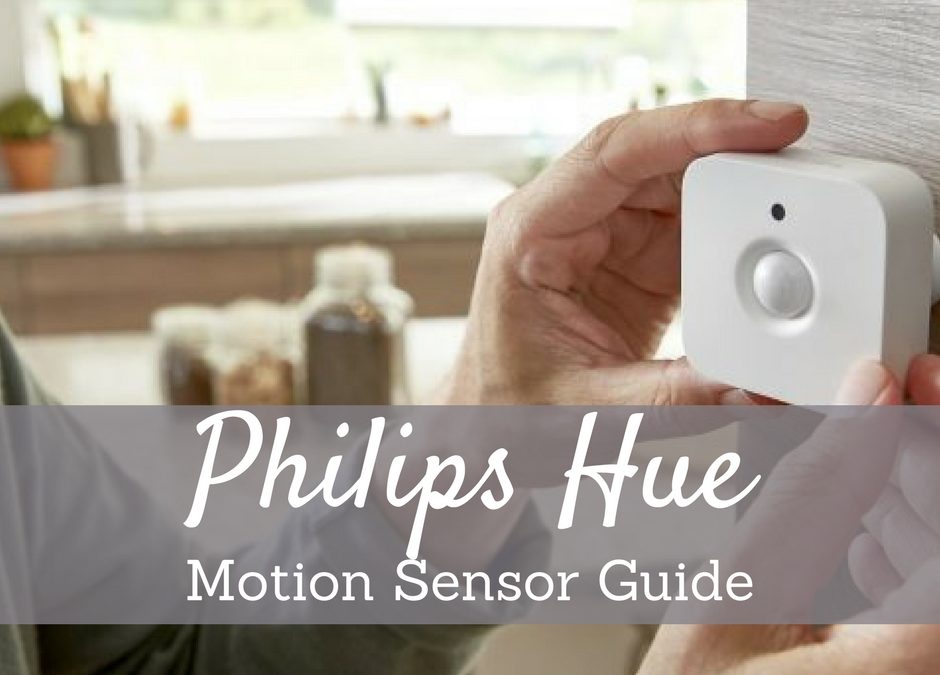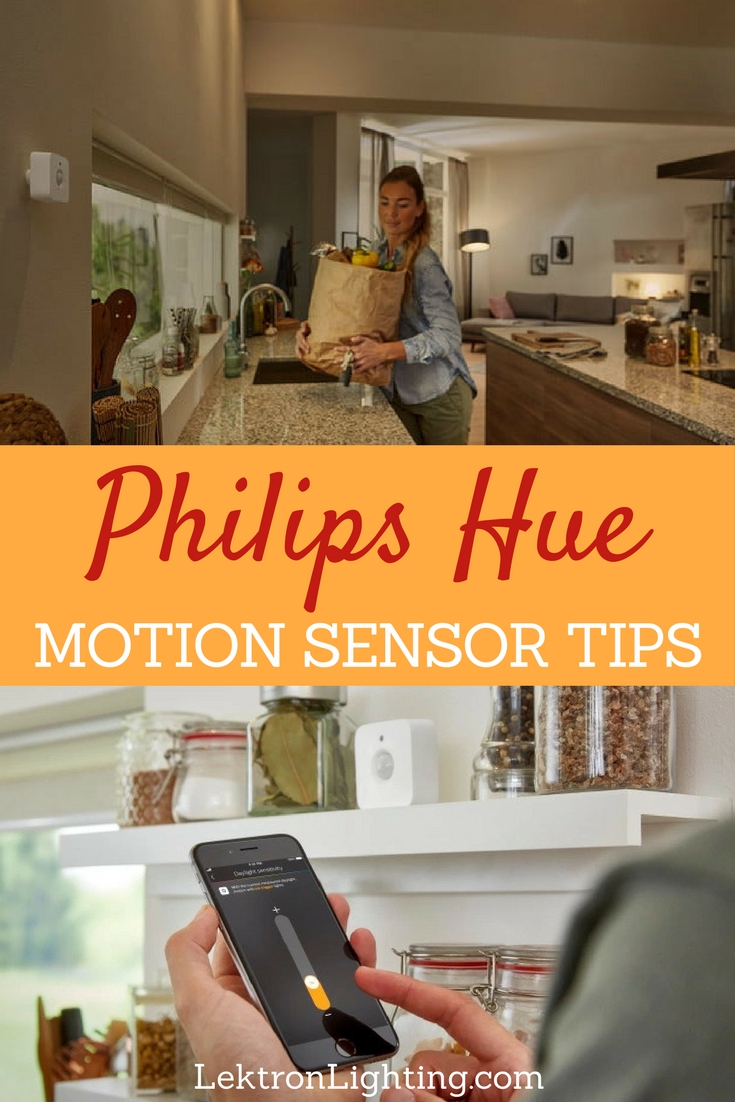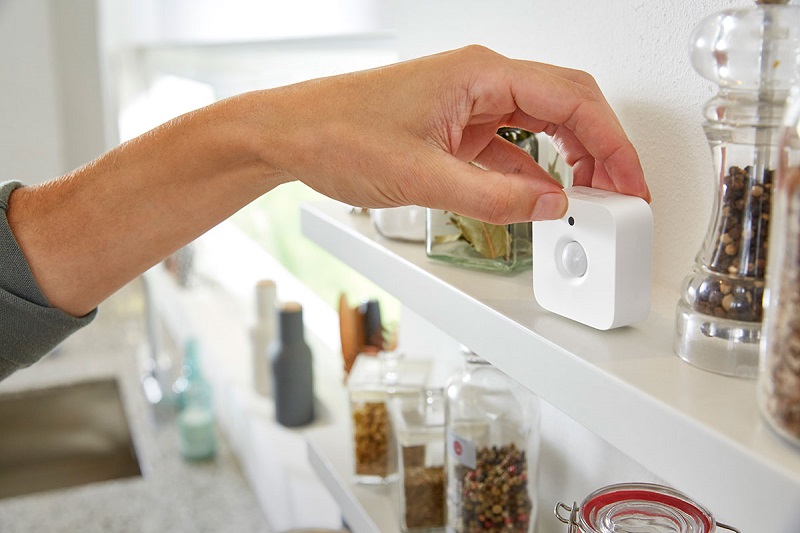
Smart lighting is a great way to save money on your electricity bills and help entertain. However, one of the biggest complaints people have is that a light switch is easier than a phone app. Most smart lighting, including Philips Hue lighting, needs to be controlled via an app. There are other ways of controlling smart lights, like having a home assistant. But things get even easier with a little help from the Philips Hue Motion Sensor. The sensor will notice movement in a room and turn on, dim, and turn off the Philips Hue smart lights.
Make Philips Hue smart lights even easier to use with a Philips Hue Motion Sensor for every room, every light, every part of your home.
Philips Hue Motion Sensor Tips | Finding the Right Spot
The first thing you’ll need to do after buying the Philips Hue Motion Sensor is to find out where you want them. Luckily, the motion sensor doesn’t need to be mounted, though it can be, it just needs to be in the room. Make sure the sensor is facing in the right direction and in a spot that will benefit you most.
Night Settings
Once you’re ready to set up the motion sensor, the app will walk you through the process. Most of the settings are open to customization but there are a few recommendations. For the night time settings, set the lights to turn on but set the intensity to low. No need to burn your eyes every time the light goes on when it’s dark out.
Timer Settings
The Philips Hue Motion Sensor comes with a timer setting that allows you to have the sensor turn smart lights off after a set amount of time. Use this wisely as you don’t want lights to turn off while you’re still in a room. The timer setting is best in hallways, stairways, or other parts of your home that you usually just pass through.
Create Dead Times
Dead times are times of night that shut down the sensor no matter what moves in front of them. This is another one that you will want to use in specific rooms. If you have Philips Hue Motion Sensors in your bathroom and nature calls in the middle of the night, that motion sensor will be useless. But there are rooms that won’t need late night motion sensing like the kitchen or the living room. Consider when you normally go to bed and mark that as the start of the dead time. The end of dead time will be when you normally wake up to start the day.
Philips Hue Motion Sensor is still a growing product. However, the device will make your smart lights even smarter. Not to mention, how much easier it will be to have someone watch your home while you’re away and skipping the operations talk.



